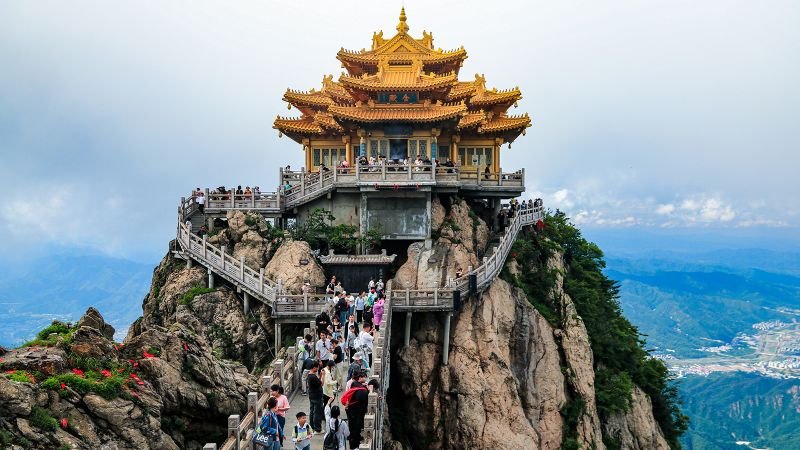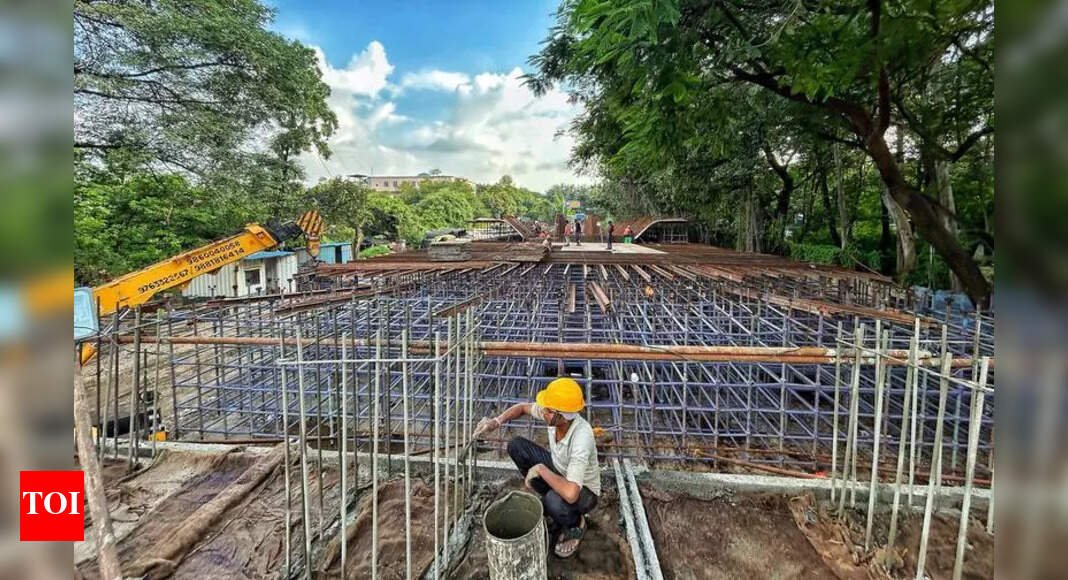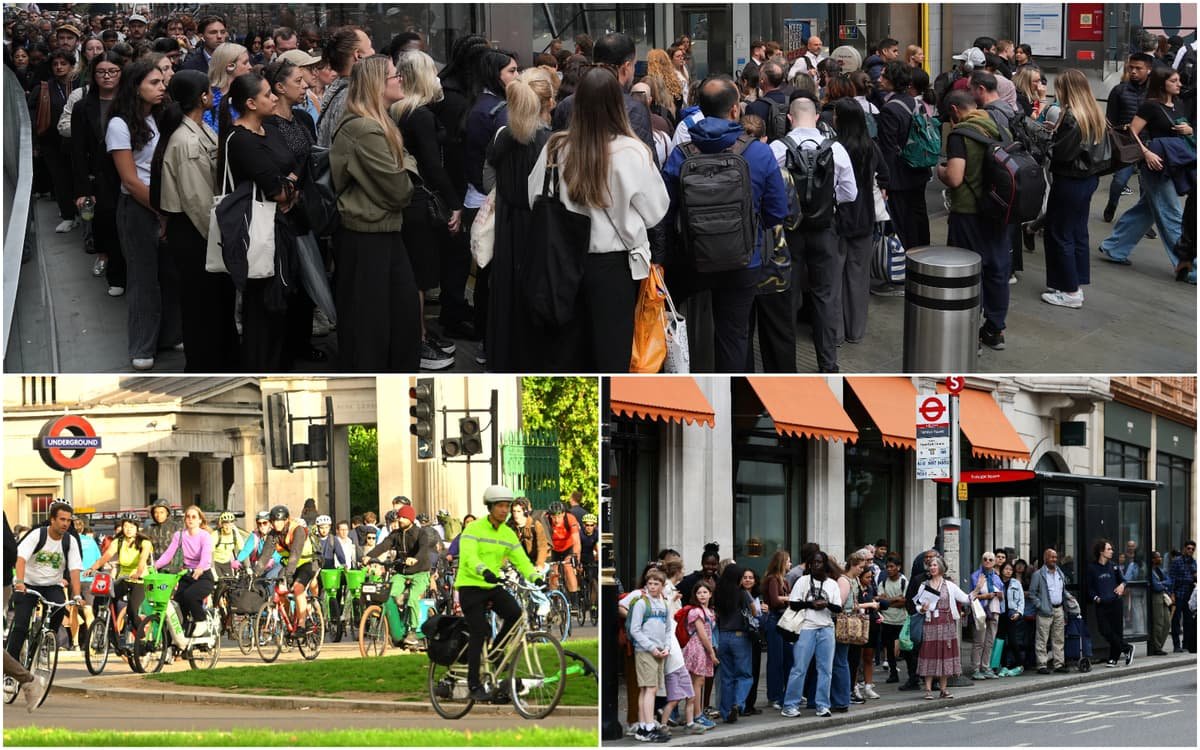They are the two most populous countries in the world and neighbors clamoring for more tourists, but for much of the last five years it has been difficult for Indian and Chinese nationals to vacation in each other’s nations.
Now that looks set to finally change as previous fractious relations between the two Asian giants finally begin to thaw.
India will issue tourist visas for Chinese citizens for the first time in five years, allowing nationals from its neighboring country to freely visit each other, marking a significant reset in relations after a deadly border clash sent ties into a deep freeze.
From Thursday, July 24, Chinese citizens can apply for tourist visas to India, the Indian embassy in Beijing said Wednesday.
This “positive news” is in the “common interests of all parties,” China’s foreign spokesperson Guo Jiakun said. “China is willing to maintain communication and consultation with India to continuously improve the level of facilitation of personnel exchanges between the two countries.”
There has been a gradual normalization of ties between India and China in recent months after relations were deeply strained in June 2020, when a brutal hand-to-hand battle in the Galwan Valley left at least 20 Indian and four Chinese soldiers dead.
Both nations maintain a heavy military presence along their 2,100-mile (3,379-kilometer) de facto border, known as the Line of Actual Control (LAC) – a boundary that remains undefined and has been a persistent source of friction since their bloody 1962 war.
The 2020 clash in the disputed region between Indian Ladakh and Chinese-controlled Aksai Chin marked the first deadly confrontation along India and China’s disputed border in more than 40 years.
Tensions escalated in the aftermath. India banned multiple Chinese apps, heightened scrutiny of Chinese investments and direct air routes between the two neighbors were canceled.
Both countries had shut their borders to foreign tourists due to the Covid-19 pandemic, but visa restrictions continued even as global travel began to resume.
China lifted tourist visa restrictions for Indian nationals in March after Beijing and New Delhi announced they would work to resume direct air travel, according to Reuters.
Now India’s reciprocal move is seen as a welcome move by many.
“Inbound tourism is going through tough period post Covid, so it is good for us that another market has opened,” according to Sarvjeet Sankrit, founder of the Delhi-based travel agency Ghum India Ghum (Roam India Roam), who said he saw “lots of Chinese tourists” visit the capital before the visa ban.
India lifting restrictions is “a good thing for vehicle owners, guides, and hotel owners,” he said. “Everyone will get more business.”
Chinese national Kate Hu, whose boyfriend is from India, said she is excited at the prospect of finally being able to visit his family.
The Hong Kong-based comedian had already booked tickets to visit India for his sister’s wedding in April when she found out she couldn’t get the visa.
“I lost a bit of money there,” Hu said. “We had talked about getting married just to have the visa, so now I’m happy to hear I won’t have to get married just for a visa,” she joked.
Her boyfriend is currently in India to take care of his sick mother. “If this (news) had come out sooner, then I could have gone with him,” she said.
Pradeep K, a consultant in Delhi called India’s latest move is “a good thing,” adding “people of India and China will get to interact more.”
He said he is excited at the prospect of traveling to China to see pandas.
“Will a diplomatic move on paper change mindsets and bring people closer? Your guess is as good as mine.”
Flights and pilgrimages resume
India’s decision to remove visa restrictions is the latest in a string of steps taken by New Delhi and Beijing to reset ties after Chinese leader Xi Jinping met with Indian Prime Minister Narendra Modi on the sidelines of the BRICS summit in Russia last October.
In January, India and China agreed to resume direct commercial flights and Beijing recently agreed to reopen Mount Kailash and Lash Manasarovar in western Tibet to Indian pilgrims for the first time in five years.
Earlier this month, India’s foreign minister S. Jaishankar met with his Chinese counterpart Wang Yi in Beijing, where the two “took note of the recent progress made by the two sides to stabilize and rebuild ties, with priority on people-centric engagements,” according to a statement from the Indian foreign ministry.
There has been a “gradual normalization of the India-China relationship,” said Harsh V. Pant, foreign policy head at the New Delhi-based Observer Research Foundation think tank.
“There is a certain recalibration happening from both ends. But this is also a reflection that India faces a unique challenge in managing China,” he added.
Despite the ongoing tensions, India is still economically dependent on China and sees “a possibility of building an economic partnership” while making its red lines clear, Pant said.
Delhi-based teacher Saurabhi Singh said while India and China have fought wars in the past, “relations can and should change.”
She added: “We have labor, markets, manufacturing abilities and a fondness for food, tea, electronics that connect people of both countries.”






















